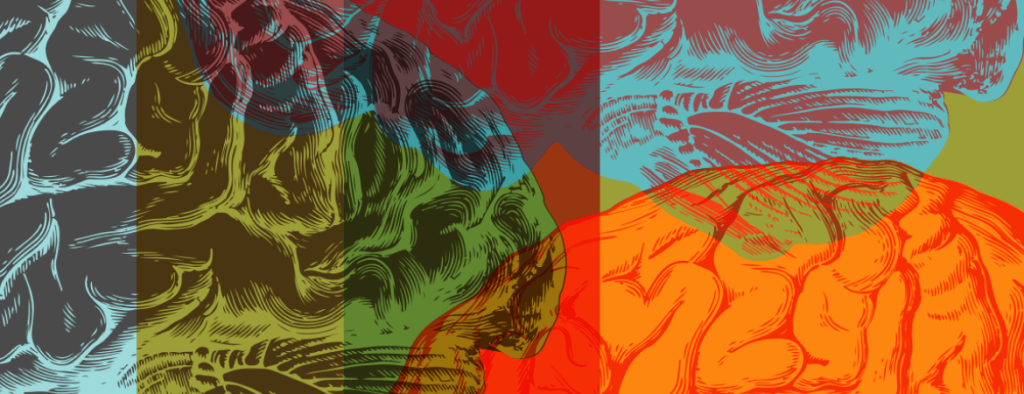Buy my product, it’s the best!
It has 3 waffle bangers and 6 outlet trailblazers. It’s the same as all the other waffle trailblazers, but ours is better!
Followed by an emotionless picture that is accompanied by a bunch of bullet points along with a table showing the waffle trailblazer’s performance.
Just in case you were wondering, the waffle trailblazer is a made-up item purely for the purpose of this story.
This is a popular format lots of businesses use to sell or promote their products or services. To a degree, this format works or else companies wouldn’t still be around if it didn’t work.
But what about the companies that are selling the ‘me too’ products and are out-performing the other ‘me too’ companies selling the same products and services? How do they get there?
Products and services on eCommerce websites are far more successful when they focus on the benefits of how they will improve the consumer’s life and not the technical functions of the product.
I’m going to use an obvious example from Apple, as most people will know and understand Apple’s brand. Apple didn’t invent the phone or MP3 player but look at the success both products have gained. The iPod wasn’t sold as an MP3 player by Apple, that would make it just another ‘me too’ product that other companies were offering. It was sold as ‘have 1,000 songs in your pocket’.
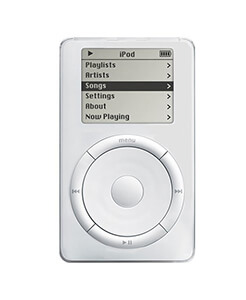
The funny thing about it at the time the iPod wasn’t the best technical MP3 player and it didn’t hold anywhere near the number of songs others could. Apple sold the emotion of its product, Apple sold what you could do with the product and how it would better your life and didn’t focus on all the technicalities of the product. The technicals were available and were needed, but they weren’t out front and center stage.
In this story, I’ve tried to demonstrate visually how emotion can help sell products. Barbour’s home page, shown below, tells the story of a man enjoying the outdoors. It shows actor Sam Claflin at the foot of a British snowy mountain on a chilly day modeling one of Barbour’s famous wax jackets. The fact that they are using a celebrity is irrelevant, I hadn’t got a clue who he was until I Googled him. This image conveys emotion by setting the scene, it’s helping the consumer to see themselves in that environment especially if in the case of the Barbour scene you are a lover of the great outdoors, you’ll probably be wishing you were there. The point is, Barbour is selling the lifestyle and not just the jacket.
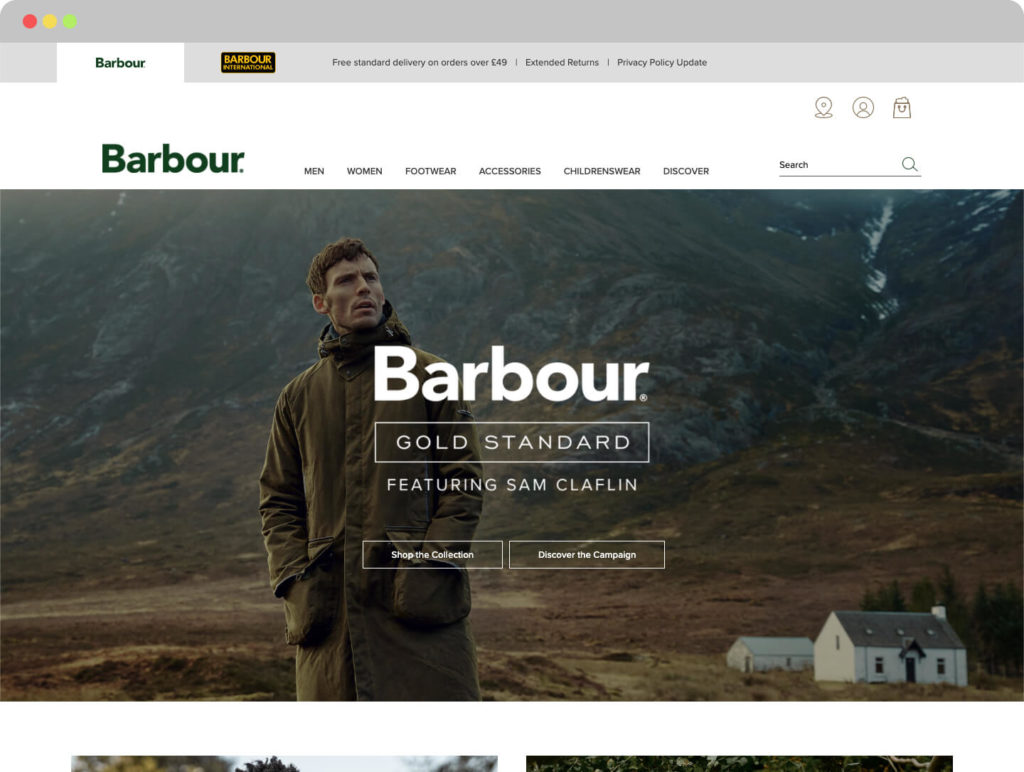
Take a look at the mockup I’ve put together below, this is the formula that a lot of companies use. Notice the difference in impact between the man at the base of the mountain and the jacket surrounded by text. The one surrounded by text features a nice looking product shot but doesn’t convey an ounce of any emotion, the jacket could be switched out by a tin of Heinz Baked Beans. Although I’m sure Heinz wouldn’t put together a landing page with bullet points like this, they’d probably show a family around a kitchen table tucking into a warm plate of beans accompanied by buttery toast. Between the two pages, which would draw you into buying the jacket? I’m not saying the technicals are not important, but they should be relegated to the side stage as the supporting role and not to be the main character.
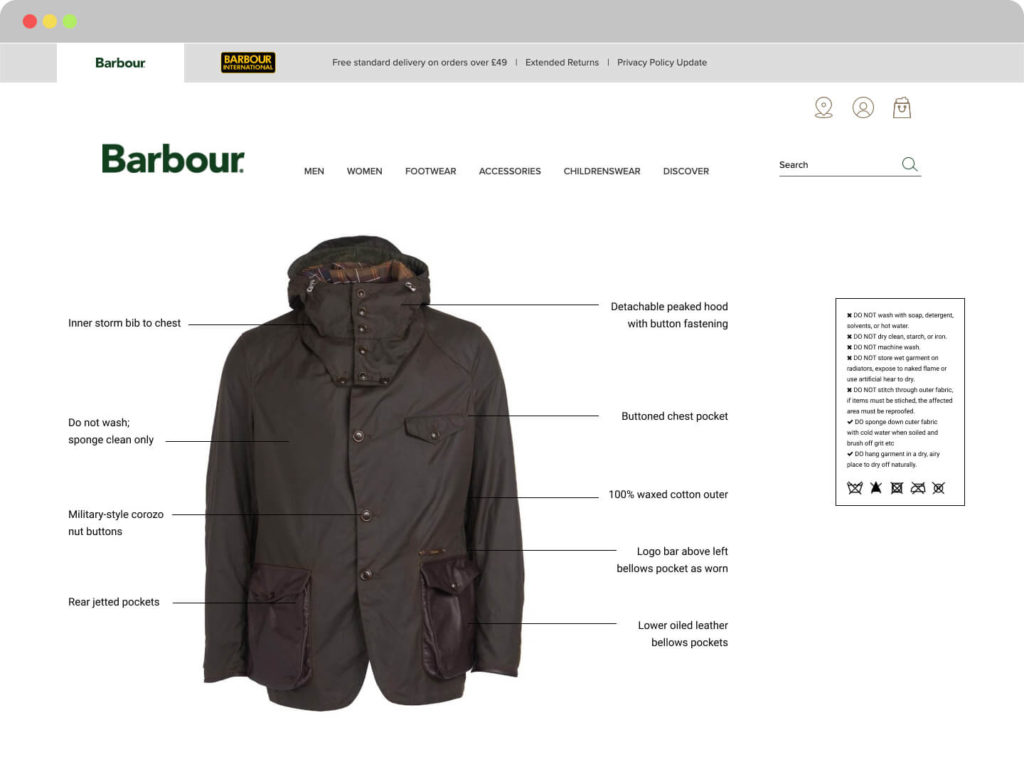
So many big companies use emotion to sell and that is why they are big successful companies. Another obvious example to demonstrate the use of emotion in their sites is Nike. They use emotion to tell a story with their products, it’s a story that connects with the audience. I don’t know about you, but I feel the cold on the face of the man modeling the Barbour jacket, the joy on the fencers face for Nike, and the pain of the boy running for Nike. In the advertising industry, it’s known as ‘selling the sizzle, not the sausage’.
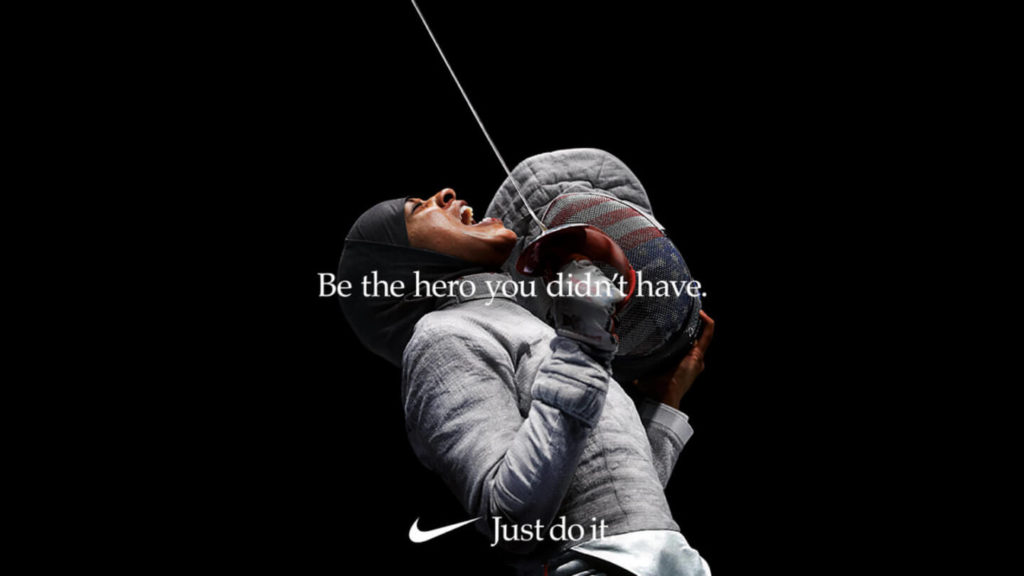
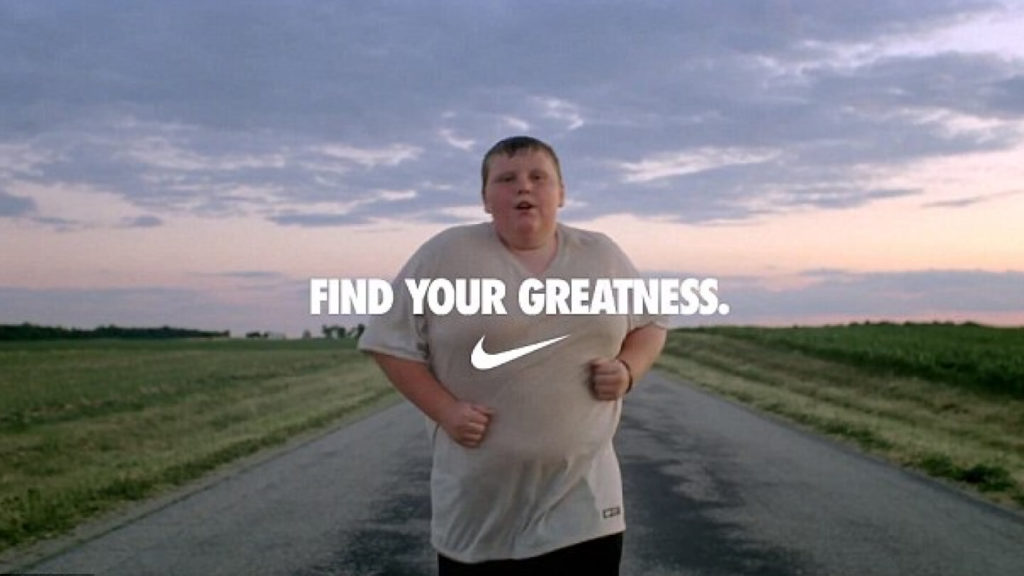
Regardless of your age, your personality, walk of life, how much money you have, all humans are all the same deep down. We like to think that we are rational thinkers, but the truth of it is, we’re not. We make decisions based on emotion. That emotion is the thing that will just push us over the purchase line. Sure, it’s backed up with the rational side of our brain asking questions like, “can I afford this?” and “Will it fit in the place I have for it?”. But even then, your emotions will still try and get the item to fit in the space you know it won’t fit. If a consumer really, really wants a certain product, the tiny bit of rationality you have will be out of the window leaving your emotions to push that index finger on the buy now button.
I know Barbour, Apple, and Nike all have large marketing budgets and can afford to hire celebrities to endorse their products. It’s great if you have the marketing budget to do that, but you don’t need celebrities to tap into your audience’s emotions. A little bit of research to get to know your audience and some creativity can go a long way in working towards achieving the same thing.
To find out how we can help your business inject some emotion into your eCommerce site, get in touch.
Some good resources that relate to this article are Simon Sinek’s ’Start with Why’ and ‘Influence’ by Robert B. Cialdini.



